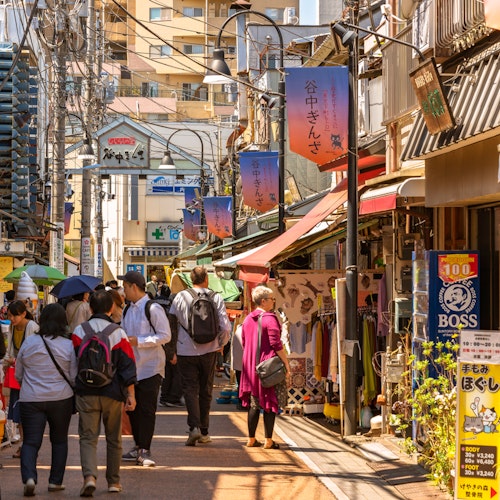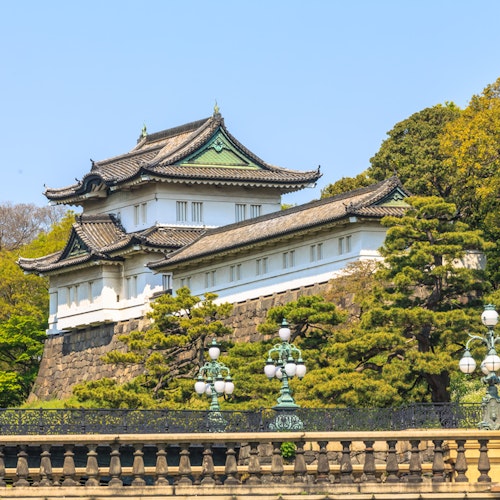Ueno Zoo: Everything You Need to Know

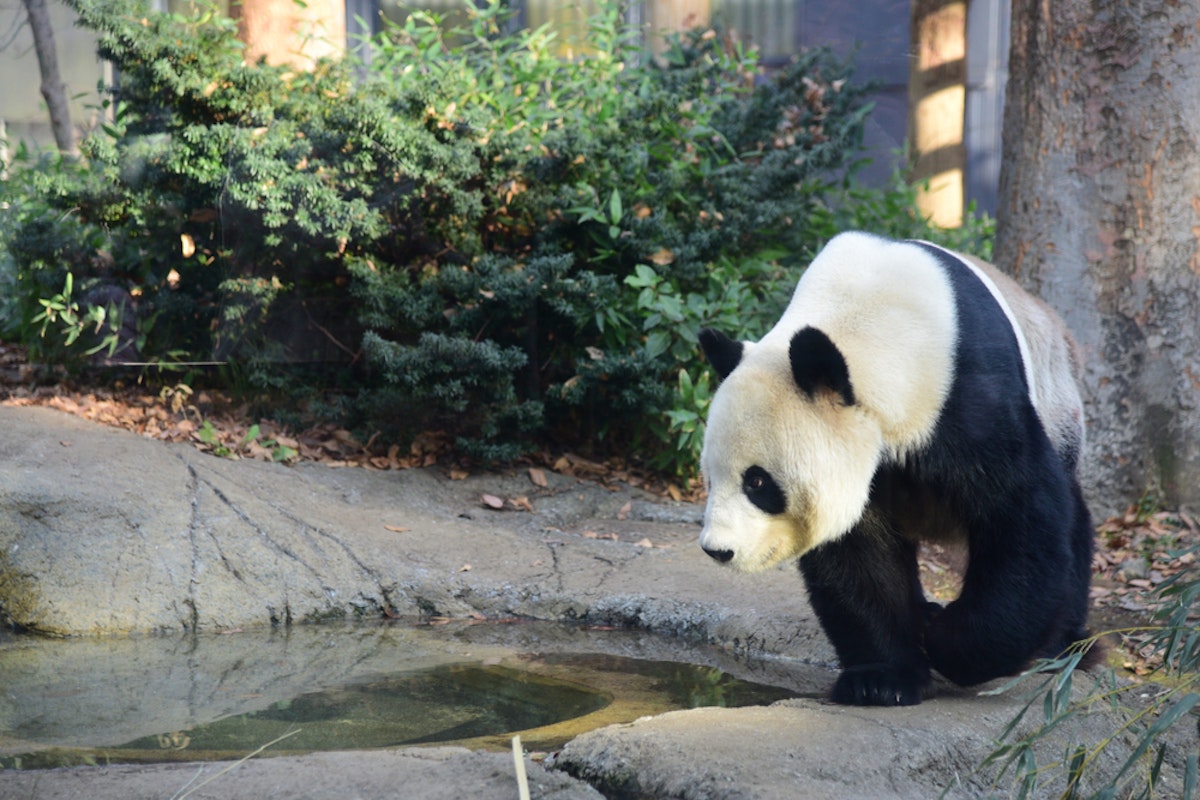
Welcome to the world of Ueno Zoo, an iconic wildlife sanctuary nestled in the heart of Tokyo, Japan. As the oldest zoo in the country, established in 1882, it has become a beloved destination for locals and tourists alike in Tokyo. With a diverse range of animal species, beautifully maintained gardens, and a rich history, Ueno Zoo offers a unique blend of education, conservation, and recreation.
In this comprehensive guide, we delve into the fascinating universe of Ueno Zoo, exploring its history, layout, star attractions, and visitor experience. Whether you're an animal enthusiast, a nature lover, or simply looking for an enriching day out, Ueno Zoo promises an unforgettable journey into the heart of the animal kingdom.
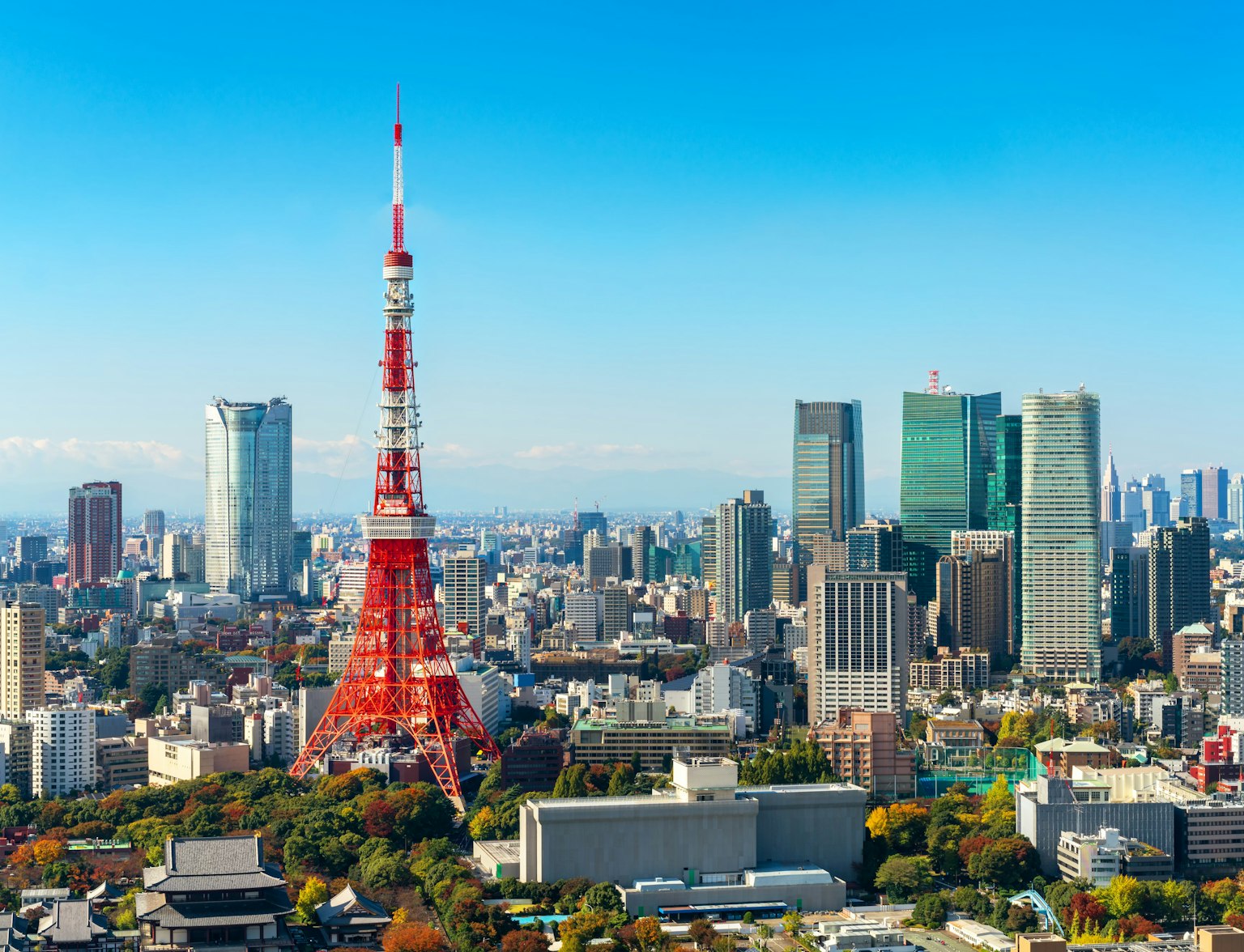
Include Ueno Zoo in your custom itinerary.
Exploring the Animal Kingdom at Ueno Zoo
Ueno Zoo prides itself on its extensive collection of animal species, offering visitors an unparalleled opportunity to explore the marvels of global biodiversity within the heart of Tokyo. The zoo is home to more than 2,600 individuals representing over 500 species, ranging from the smallest of amphibians to some of the largest mammals on Earth. An adventure through the zoo's exhibits leads you through different continents and habitats, each meticulously designed to mimic the natural environments of the residents.

The Vivarium, completed in 1999, is a must-visit for those interested in reptiles and amphibians. Here, you can find rare species of fishes, crocodiles, turtles, snakes, and frogs. The African Savannah exhibit is home to Barbary Sheep, Hartmann's Mountain Zebra, and the Hippopotamus.
The East Gardens are where elephants, gorillas, and tigers reside, while unique native animals like Japanese serows, Ezo sika deer, Hokkaido brown bears, and more can be found throughout the zoo. The diversity of species truly reflects Ueno Zoo's mission to protect, breed, and exhibit animals from around the world.
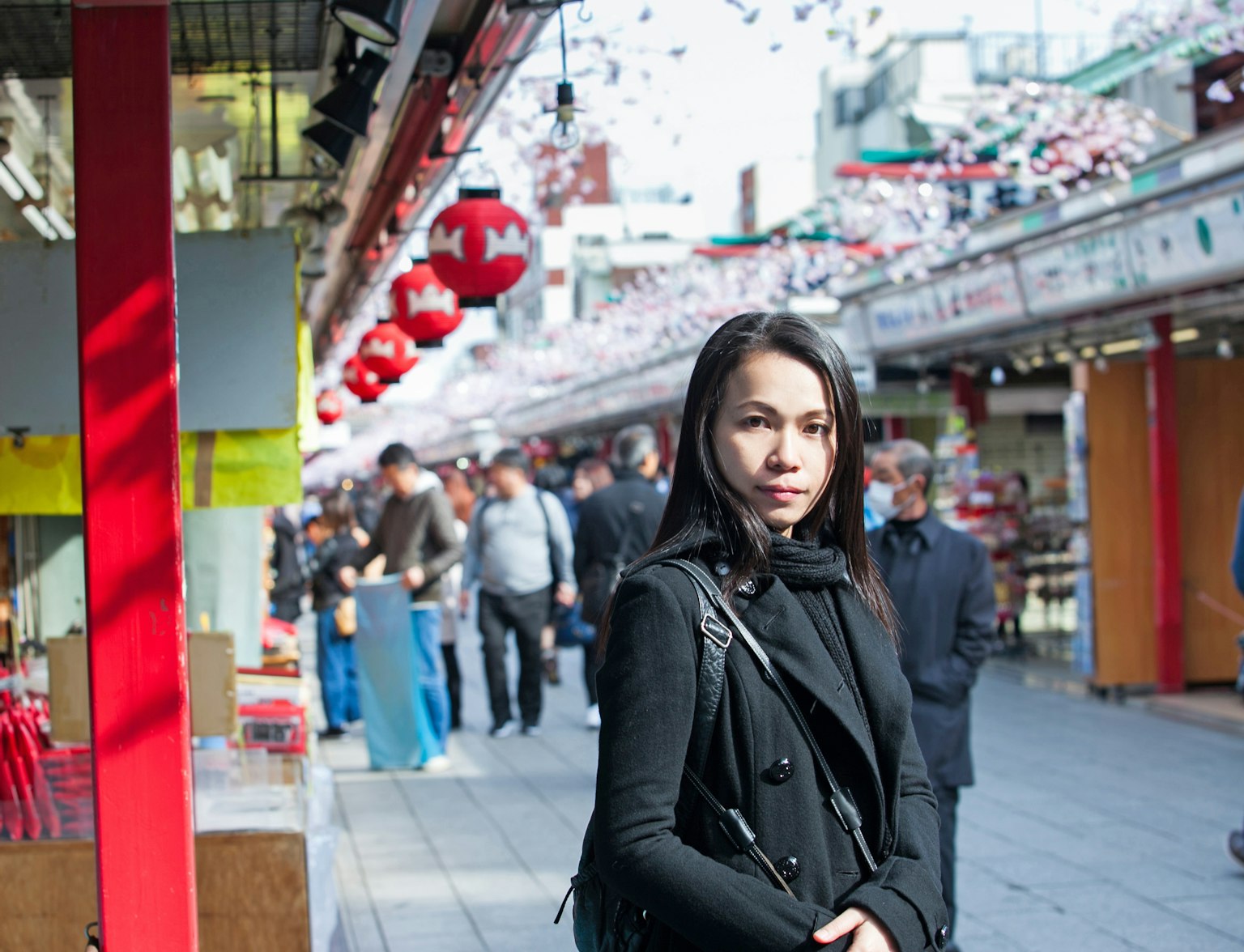
This Tokyo adventure promises to be an unforgettable journey filled with hidden treasures and captivating experiences!
Star Attractions of Ueno Zoo
Ueno Zoo is home to several star attractions that have gained special recognition among visitors:
Giant Pandas: Ueno Zoo is one of the few zoos worldwide to house these charismatic creatures and has played a significant role in panda conservation efforts.
Polar Bears: The Polar Bear area gives visitors a peek into the lives of these majestic Arctic animals.
Tiger Forest: This exhibit is home to the stunning Sumatran tigers.
Gorilla Woods: This section allows visitors to observe Western lowland gorillas up close.
Native Japanese Animals: Species like the Japanese macaques and rare reptiles offer insights into Japan's unique wildlife.
East Park vs. West Garden
Ueno Zoo, located in Ueno Park and near JR Ueno Station, is strategically divided into two main parts: the East Park and the West Garden. This division allows for a more organized arrangement of exhibits and ensures an immersive experience for the visitors.
The East Park houses several popular exhibits, including the Giant Panda enclosure, which has been a star attraction since the arrival of pandas from China. This section also hosts the Tiger Forest, home to the stunning Sumatran tigers, and the Gorilla Woods, where visitors can observe the Western lowland gorillas. The East Gardens are not just about exotic species; they also showcase native animals such as Japanese serows and Hokkaido brown bears.
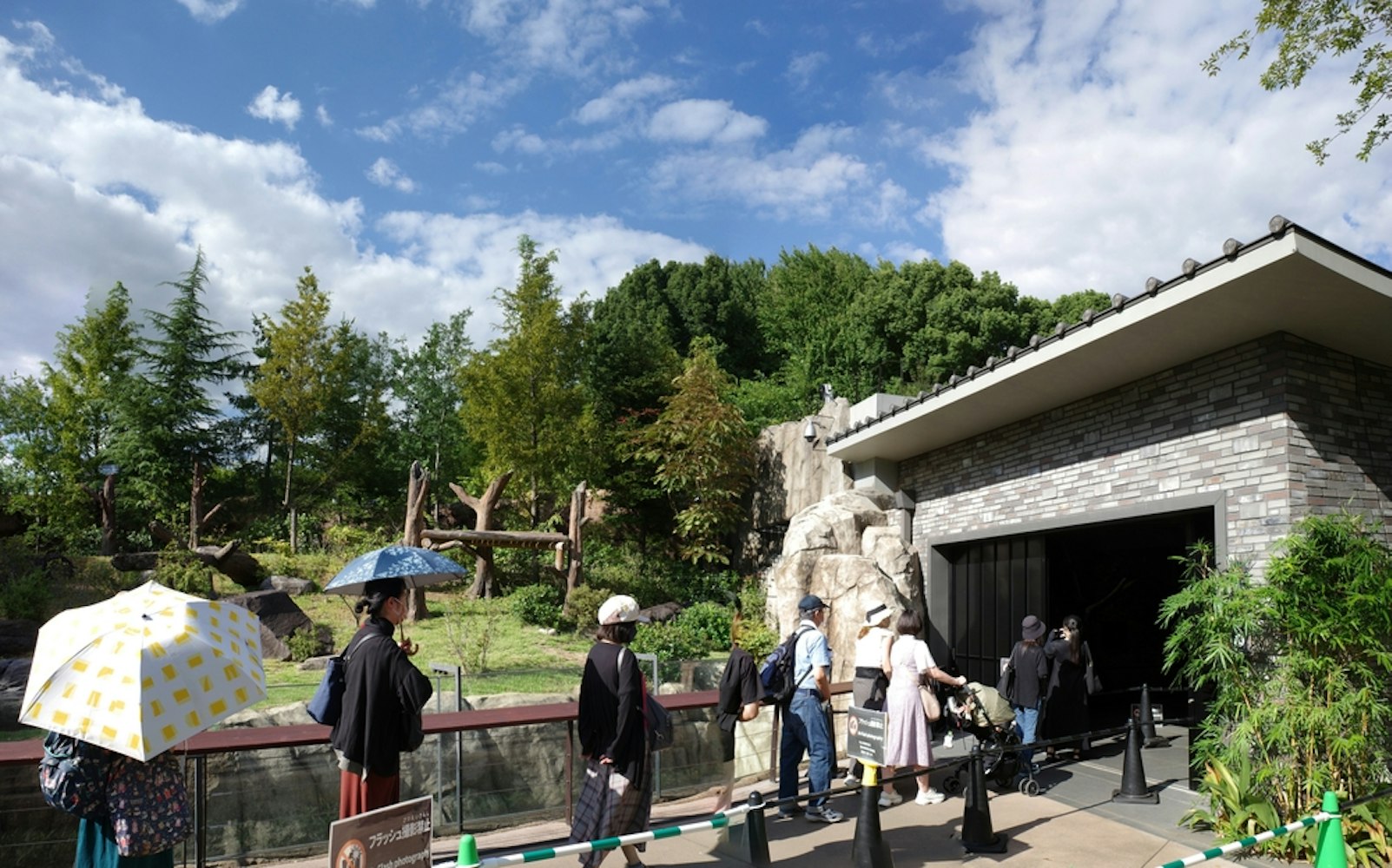
On the other hand, the West Garden offers a different flavor, featuring the African Savannah exhibit that showcases Barbary Sheep, Hartmann's Mountain Zebra, and Hippopotamus. For those interested in reptiles and amphibians, the Vivarium in this section offers a unique opportunity to get up close with these creatures.
Ueno Zoological Gardens and Small Mammal House
The Ueno Zoological Gardens is a sprawling space within the zoo that provides a naturalistic environment for a variety of animals. It is here that you can find the African Savannah exhibit along with other attractions like the Asian Tropical Rainforest Aviary and the Australian Outback exhibit. This area is designed to mimic the native habitats of its residents, offering visitors a glimpse into the diverse ecosystems around the world.
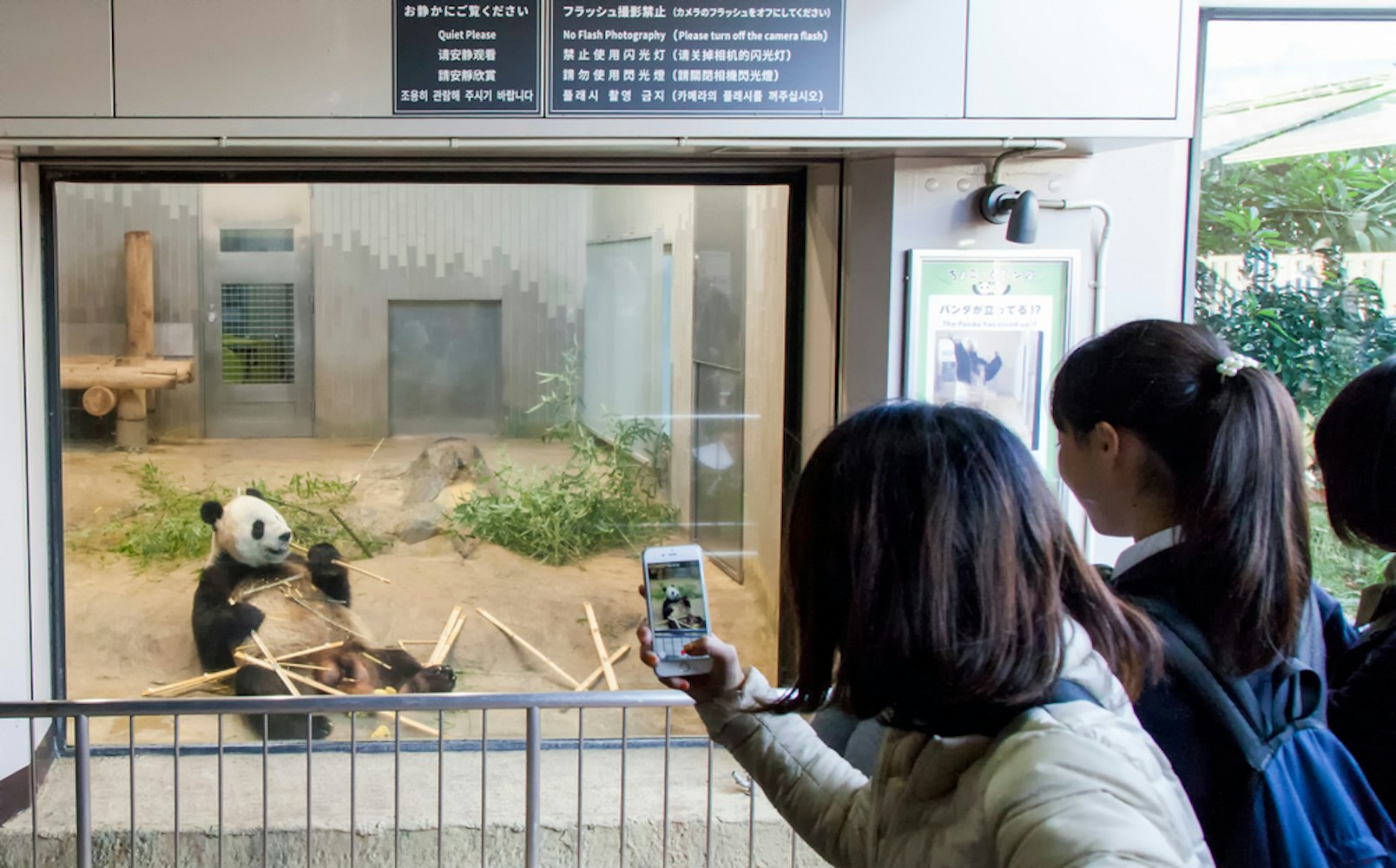
In addition to the larger exhibits, Ueno Zoo also features the Small Mammal House - an area dedicated to smaller species, specifically nocturnal animals. Here, visitors can experience the fascinating world of animals like bats, sugar gliders, and hedgehogs. The Small Mammal House is particularly known for its collection of rare reptiles, which are a must-see for any visitor.
Reaching Ueno Zoo
Reaching Ueno Zoo, Japan's oldest and most famous zoo, is quite simple due to its convenient location in Ueno Park and its proximity to multiple transit stations. The zoo is just a mere 5-minute walk from JR Ueno Station, whether you exit from the Ueno Park Exit or the Shinobazu Exit. Both exits lead you to different parts of the park, with the Ueno Park Exit leading towards the Benten Gate of the zoo.
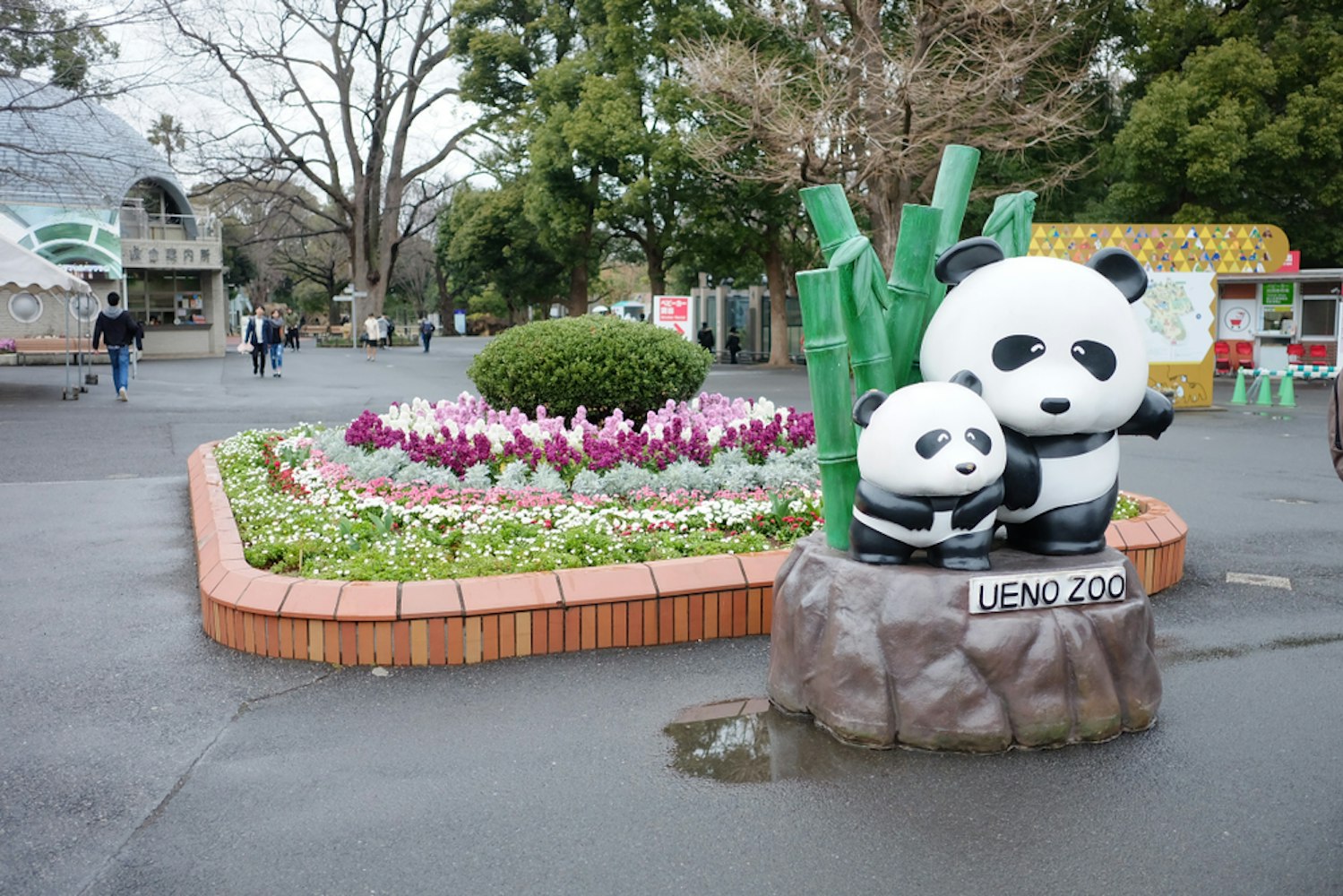
If you're traveling via the Keisei Line, Keisei Ueno Station is your stop. From there, it's only a 4-minute walk to the zoo. This station has an underground passageway that connects directly to Ueno Subway Station, making the zoo easily accessible to visitors coming from different parts of Tokyo. Also, if you are at Keisei-Ueno, you can reach Ueno (Station) within just 4 minutes at a minimal cost.
Facilities at the Zoo
Ueno Zoo aims to provide a comprehensive visitor experience by offering a range of facilities. Here's what you can expect:
Souvenir Shops: Numerous souvenir shops are scattered throughout the zoo, offering an array of items to remember your visit. From plush toys that mimic the zoo's inhabitants to clothing and unique animal-themed memorabilia, there's something for everyone.
Coin-operated Lockers: To make your visit more comfortable, Ueno Zoo provides coin-operated lockers where visitors can store their belongings safely while exploring the expansive gardens and fascinating exhibits.
Food and Drink Options: Exploring the zoo can work up an appetite! Various dining options are available within the zoo premises, serving both hot and cold refreshments. Whether you prefer a quick snack or a full meal, the zoo has got you covered.
Opening Hours
Ueno Zoo operates from 9:30 am to 5:00 pm, with the last admission at 4:00 pm. The zoo remains open throughout the week except for Mondays. If Monday is a public holiday, the zoo will be open on Monday and closed the following day.
Admission Fee
Adults (16-64 years): The entry fee for adults is 600 yen.
Seniors (65 years and above): Senior citizens can enjoy the zoo's offerings at a discounted rate of 300 yen.
Students (13-15 years): Entry for students costs 200 yen.
Children (Under 12 years): Admission is free for children under 12 years of age.
